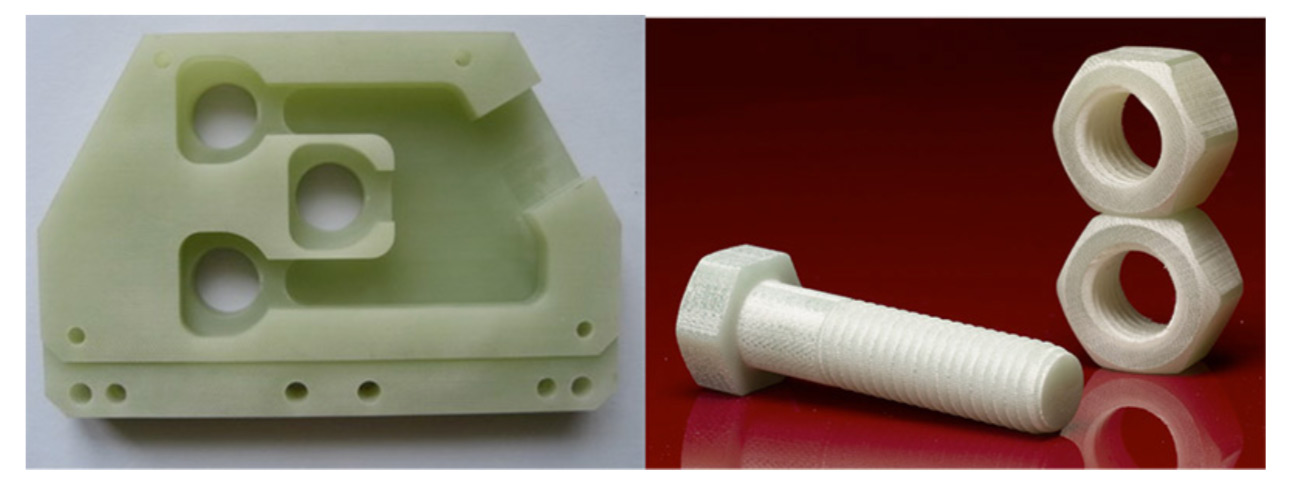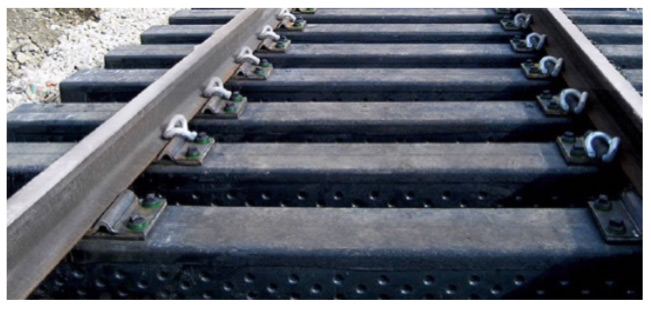Electricity. Fuel. Water. Food. Scarcity Zero and the systems it powers can sustainably deliver all of these resources indefinitely. Yet even with these four resources provided, we still need materials with which to power our ever-evolving economy and build our ever-advancing society. Materials are themselves a resource, and as such they remain subject to the same laws of cost and scarcity as energy resources. Forests get cut down, quarries run dry, and both metal and composites are subject to market forces driven by scarcity.
To address this problem, Scarcity Zero’s next function is to power systems that can synthesize and recycle materials. With these materials, we can build things better, stronger, and less expensively than we can today. Just as importantly, these materials enable us to remove major limitations to our manufacturing capabilities and revolutionize the properties and performance of what we can build. Scarcity Zero’s approach in this context begins with four concepts: advanced synthetics, sophisticated waste management and intelligent recycling, arriving finally at the bleeding-edge of next-generation manufacturing.
Advanced Synthetics
Previous chapters have alluded to technological breakthroughs that have allowed us to build sophisticated systems on scales and at prices that were previously thought impossible. Of these breakthroughs, several have involved the invention of high-performance synthetic polymers – commonly referred to as “plastics.” When we think of plastics, we often imagine substances we’d see around our homes or workplaces: grocery bags, containers, appliance sidings, and the like. These kinds of plastics are commonly used in manufacturing because they are easy to produce at relatively low cost.
Yet plastics have problems. For one, they don’t biodegrade well and they can’t be easily recycled. Consequently – once we’re done with them, they’re stuffed in landfills, or worse, end up in our oceans at severe environmental impact.[1] Additionally, plastics that can be recycled at all have a low “percent yield,” which is the amount of final material produced from the original supply material.[2] That means it might take 10 lbs. of source material to make 1 lb. of plastic, which is too inefficient to be viable on a large scale – especially if the 9 lbs. of material lost as waste is environmentally toxic.[3] We’ve made progress towards solving this problem, but making plastics that have both a high percent yield and are easily recyclable has proven challenging. Recent advances, however, have made reaching this goal more feasible.
The first of these advances is the one that’s made Scarcity Zero possible to begin with: sophisticated computing. Since computers became prevalent in industrial and research settings, their performance has increased at a truly exponential rate. Today, they’re millions of times more powerful than they were in their first iterations.[4] And faster computers – especially boosted by artificial intelligence (A.I.)[5] and machine learning[6] – can help chemical engineers create models to manufacture ever-better synthetic materials.
This becomes all the more possible through quantum computing, a potentially revolutionary method that uses quantum physics to dramatically increase processing speed.[7] Computers today can only process one calculation at a time, whereas quantum computers could, in theory, process millions of calculations simultaneously.[8] While still in its infancy, computer scientists estimate quantum computing could surpass traditional computing as early as 2021,[9] presenting even stronger implications for the future performance of A.I.
Considering that modern computers – while only processing one calculation at a time – can still process quadrillions of calculations per second,[10] speeding this up by a factor of millions could allow for potentially instantaneous data processing of presently daunting calculations. What that allows us to do is model material synthesis with more insight and predict how to create recyclable materials with a higher percent yield at increased efficiency and reduced cost.[11]
The second technological advancement getting us closer to superior plastics is the genetic modification of algae and bacteria to produce specialized hydrocarbons.[12] Accessing such hydrocarbons can give us an increased capability to tailor synthetic materials to fit our needs. With customizable hydrocarbons, ever-better A.I. and quantum computing at our fingertips, we can have more granular control over the composition of source chemicals as well as detailed models that we can use to manipulate those chemicals into plastics and other synthetics that meet demanding performance requirements.[13]
Add in Scarcity Zero’s ability to decrease energy costs, and we have promising new tools that can unite to revolutionize the materials we use to build and improve our world.
We’re already on our way to realizing that future, even with current technology and material limitations. Consider a list of some standouts on the market today:
Nanocomposite plastics. Researchers have discovered that by layering ceramic nanosheets (very thin sheets made from clay) over each other and combining them with a polymer that works in a fashion akin to elementary-school-style white glue, the ceramic nanosheets will interlace with one another like bricks at the molecular level, creating a structure as strong as hardened steel.[14] This suggests that nanocomposite plastics might have a wide array of potential uses, including high-performance applications within aerospace, transportation, defense, and civil engineering.
High-strength polyurethane (Line-X). Polyurethane is a type of polymer that has an extremely high impact tolerance, which makes it durable and useful for shock absorption. While commonly used to finish wood products, more robust varieties perform herculean feats of durability. A practical example is Line-X, a nigh-indestructible spray-on coating used to line the beds of pickup trucks and other industrial machinery.[15] To demonstrate its performance, eggs are coated and dropped off buildings onto concrete, watermelons are coated and driven over with trucks, plastic cups are coated and stepped on by Sumo wrestlers – all without effect, as seen at the links in this citation.[16] While these are admittedly hyperbolic demonstrations of polyurethane’s capabilities, they nonetheless allude to the potential for more practical applications in any instance where flexibility under stress and impact resistance are requirements.
FR-4. The common name for a high-strength, flame-resistant composite made from glass-reinforced epoxy, FR-4 is one of the strongest synthetic materials in the world.[17] Not only is it highly resistant to chemicals (including acids), ultraviolet radiation, and electricity, it is also lightweight and extremely strong.

For comparison, the tensile strength of structural steel and aerospace-grade aluminum are ~40,000 PSI and ~43,500 PSI, respectively.[18] The tensile strength of FR-4 is ~45,000 PSI.[19] This allows components made with FR-4 to retain fine detail and be built to extremely tight tolerances, enabling their use in high-precision manufacturing, aerospace and space exploration.
 Synthetic wood. Improvements in material science have brought several brands of artificial wood to market. Made from “downcycled” plastics, recycled organic wood and other composites, synthetic wood is used for decks, framing, siding and supports for millions of structures worldwide. It is already a $3.4 billion industry, and it’s still growing.[20] Synthetic wood is fire-resistant and lasts longer than traditional wood. It’s also strong enough to support the weight of a locomotive, as the above image of Ecotrax™ synthetic railroad ties demonstrates.
Synthetic wood. Improvements in material science have brought several brands of artificial wood to market. Made from “downcycled” plastics, recycled organic wood and other composites, synthetic wood is used for decks, framing, siding and supports for millions of structures worldwide. It is already a $3.4 billion industry, and it’s still growing.[20] Synthetic wood is fire-resistant and lasts longer than traditional wood. It’s also strong enough to support the weight of a locomotive, as the above image of Ecotrax™ synthetic railroad ties demonstrates.
This strength allows synthetic wood to potentially replace traditional wood in the construction of houses, buildings, bridges – anything, really. Cost presently remains a limiting factor, but in a world powered by effectively unlimited cheap energy – and with abundant resources – these costs would likely fall substantially, allowing for an indefinite supply of yet another building material.
Superior metallurgy. Metallurgy has been an evolving science for thousands of years, allowing humanity to build ever-greater alloys from combinations of metallic elements. To create these substances, we’ve generally needed three components: base materials, a forge to contain heat, and a source of energy to provide that heat. Building forges that operate at specific heats and pressures has not been prohibitively difficult for some time, so delivering the second component is relatively straightforward.
However, the other two components – source materials and heat energy – have been more elusive, or, at least, more expensive. But we’ve accomplished much with the technology we have today. Researchers have developed new superalloys that push the boundaries of strength-to-weight ratios,[21] new steels as strong as titanium[22] and specialized alloys that can increase the safety and performance of nuclear reactors.[23] A world powered by nigh-unlimited cheap energy and an abundant supply of source materials only stands to accelerate this even further, with improved quality control and more-precise manufacturing following suit.
Although they are samples from a far longer list, these materials and methods are all commercially available as you read this. Each stands to further benefit from the future performance improvements provided by subsequent technological innovation. Yet as impressive as they are, they each ultimately bow in honor of another synthetic material. One that, by itself alone, carries unrivaled potential to revolutionize our way of life. That material is graphene.